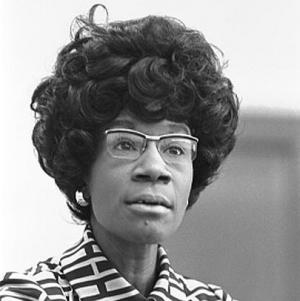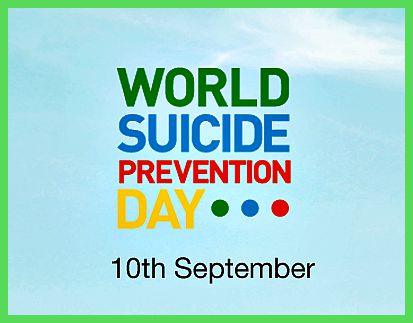Why You Should Consider Studying Life Science Like Cody Moxam

Life science is an incredible, expansive, multi-disciplinary, and necessary field of study that plays a significant role in making the world a better place and challenges the people that partake in it. True, it can be demanding, but life science students like Cody Moxam at the University of Dallas know how necessary the field is to human, plant, and animal life. If you are looking to study something stimulating and worthwhile, here are a few reasons why you should consider life science:
It’s everywhere
Evidence of life science is not something you are hard-pressed to find outside the classroom. According to The Complete University Guide:
“This stuff is everywhere; it’s whizzing away when you eat your lunch, when you’re throwing coffee down your gullet to prep for a 9 am lecture, when you walk your dog, when you’re browsing the internet for guidance about what degree to take. Study Biological Sciences and it’s impossible not to come face-to-face with whatever it is you’re learning about. It forces you to get under the skin of everything you see, to think about the mechanics whirring around under the hood of the world.”
Of course, Biological Sciences is a specific and wide-ranging major, but other life science degrees such as biochemistry, genetics, and zoology still allow you to dig deep into the driving forces of life on this planet. When you study life science, you’ll see what you learn about in the classroom everywhere you go—and you may even be able to appreciate the world’s wonder more so than before.
There are numerous job opportunities
Careers in life science are abundant. With new research helping to explain different biological processes that were once mysteries (and a growing population, as well as many individuals who are aging), it’s important to have people who can take this information and apply it to curing diseases and protecting the environment.
Life science is a field that integrates with an assortment of others, so you can combine it with other subjects during your time in school. Do you also have an interest in designing machines and working with parts? Bioengineers and biotechnologists develop devices like pacemakers, prosthetic limbs, and other systems that improve people’s quality of life. Computational biology—which involves applying data-analytical and theoretical methods, computational simulation, mathematical modeling—intersects life science with fields such as animation, statistics, genomics, ecology, neuroscience, and more.
You’ll gain practical experience
Life science is often a hands-on field of study, so you’ll gain practical experience in school before you graduate and seek employers. Many universities conduct original research, so even if you don’t have your degree yet, you will still see valuable lab time and have opportunities to explore your own questions.
When you study life science, you’ll learn far more than hard facts and skills: you will also gain experience working with teams, so you’ll learn the importance of communication, time management, and delegation—which are skills many adults in the professional world are still mastering. Senior chemistry lecturer at the University of Bedfordshire, Dr. Barry Haggett, says of his school’s programs:
“[they] will equip you with both specialist knowledge and specialist skills—as well as the transferable skills that are necessary wherever your subsequent career may take you. Life Sciences graduates with critical analytical skills and the ability to present complex information in a clear manner are widely sought after—taking you wherever you want to go.”
You can be a part of something big
Life scientists are at the forefront of revolutionary developments in medicine, genetics, technology, and agriculture. Some of them have, for instance, created transgenic crops that resist parasitic infections and produce higher yields. This increase in food production can feed numerous people around the world, such as those affected by famine.
Global warming is a dire issue that impacts the entire planet. While it may seem as if engineers are better suited for developing environmentally friendly technology and fuel, life scientists are working to create plant-based alternative fuel sources that reduce pollution.
On the medical side, geneticists are studying genetic codes to identify possible predispositions to cancer so that people with such risks can take preventative measures before fully-fledged cancer develops. They are also finding cures to infections and diseases, helping grow organs to reduce the need for transplants, developing less invasive methods for surgeries, and more.
Are you deciding what to earn your degree in? If you want to be part of something revolutionary that makes life better for the inhabitants of this planet, studying life science might be for you.















